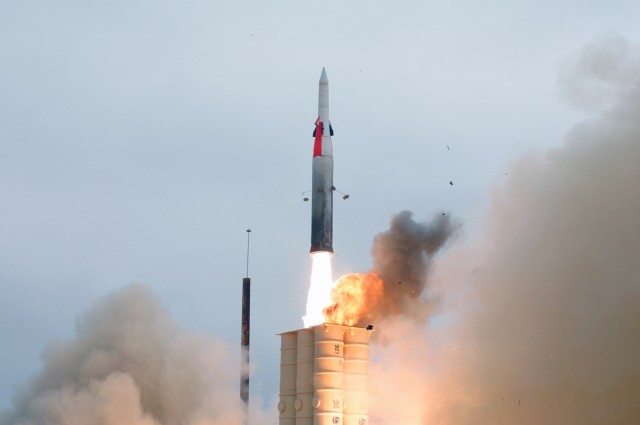Israel on Thursday completed a major civil defence drill in the Tel Aviv region aimed at simulating a response to conventional and non-conventional missile attacks, the military said.
The four-hour exercise began shortly after 10:00 am (0800 GMT) with the sounding of sirens for a full minute and a half throughout the region around the coastal city of Tel Aviv.
The rescue units of the police, the fire service, the Magen David Adom emergency services and the civil defence units all participated in the exercise, the Israeli military said.
“We are going to test all the possible scenarios, including attacks causing significant damage,” civil defence official Colonel Adam Zussman told army radio ahead of the drill.
Rescue teams were being dispatched to “evacuate hundreds of wounded after conventional and non-conventional missile attacks” to hospitals participating in the simulation, he said.
Part of the drill included simulating a rocket attack on the area of Metropolitan Tel Aviv, also known as Gush Dan, the military said.
Evacuation and absorption centres were opened across the region and the process of distributing gas masks was also tested, local media said.
The army said the exercise was “part of its routine training for emergencies” and was “not influenced by the current events,” in reference to the flurry of speculation that Israel was mulling a pre-emptive strike against Iran.
On Wednesday, Haaretz newspaper reported that Israeli Prime Minister Benjamin Netanyahu and Defence Minister Ehud Barak were seeking to win cabinet support for a strike on Iran, which Israel and the West suspect is looking to build an atomic bomb.
On the same day, Israel tested a rocket-propulsion system that press reports said was capable of firing ballistic missiles, although officials declined to comment on the specifics of the system and said it was a routine test.
A poll published by the Haaretz daily on Thursday found Israeli public opinion divided on a strike against Iran’s nuclear facilities, with 41 percent in favour, 39 percent opposed and 20 percent undecided.










